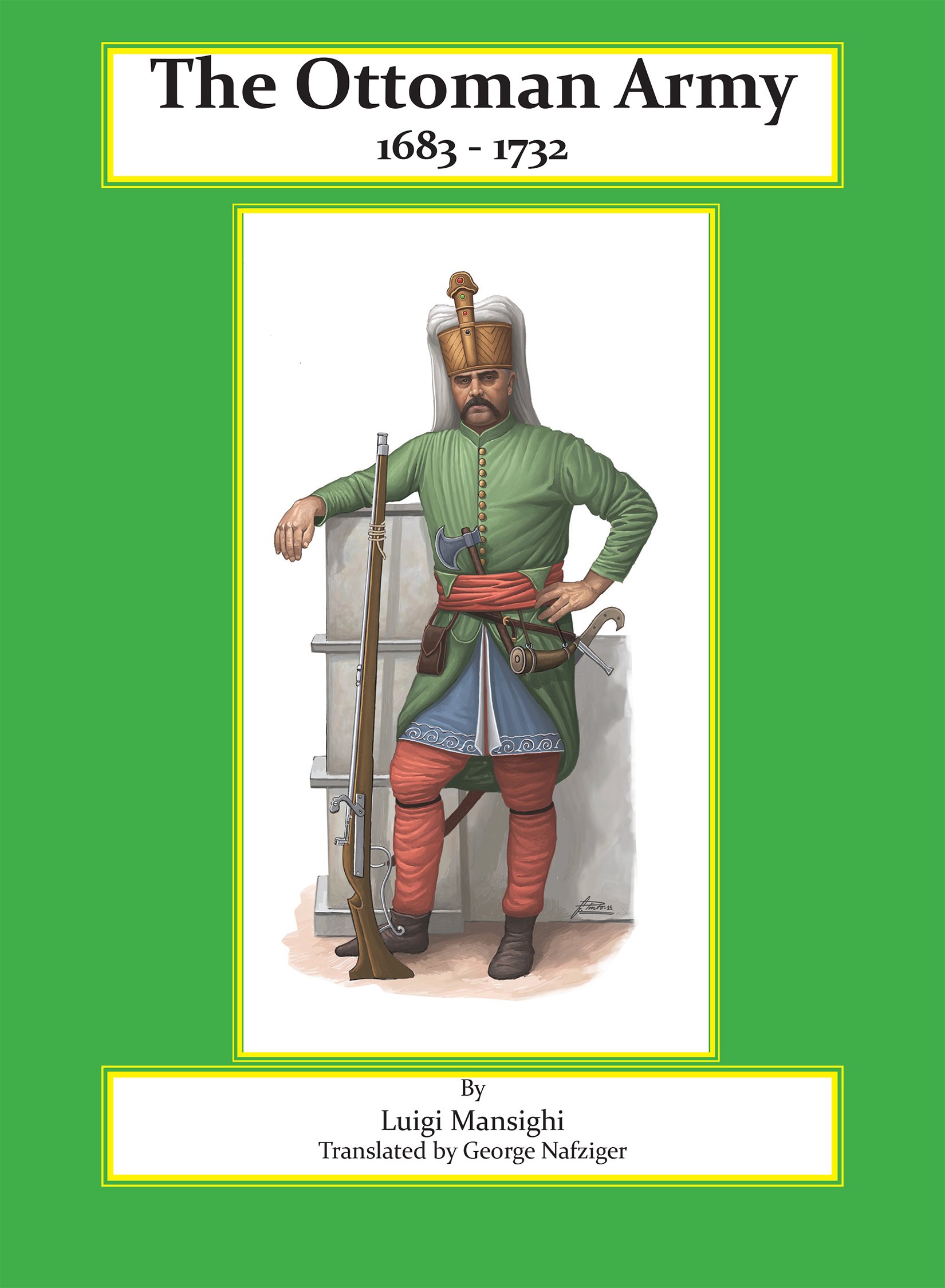 Image 1 of 3
Image 1 of 3

 Image 2 of 3
Image 2 of 3

 Image 3 of 3
Image 3 of 3




The Banners in the Battle of Grunwald
Author: Mariusz Moroz
On July 15, 1410, in the fields near the villages of Tannenberg (Stębark), Grünfelde (Grunwald) and Ludwigsdorf (Łodwigowo), two powerful armies faced each other. The Order of the Blessed Virgin Mary of the German House in Jerusalem put up several dozen banners, both of its own troops and a huge number of allies, guests and mercenaries. On the opposite side stood the Polish knighthood in 50 banners formed from their own knights and numerous foreign detachments and 40 banners brought by Prince Witold from Lithuania and Ruthenia, as well as assistnce from Tatars.
On that day, as the chronicles mention, one of the greatest battles of that time took place.
Using contemporary chronicles along with modern research, the author provides original drawings that detail the different troops and banners involved in the Battle of Grunwald in 1410 between the forces of the Teutonic Knights and the Polish-Lithuanian Kingdoms.
Author: Mariusz Moroz
On July 15, 1410, in the fields near the villages of Tannenberg (Stębark), Grünfelde (Grunwald) and Ludwigsdorf (Łodwigowo), two powerful armies faced each other. The Order of the Blessed Virgin Mary of the German House in Jerusalem put up several dozen banners, both of its own troops and a huge number of allies, guests and mercenaries. On the opposite side stood the Polish knighthood in 50 banners formed from their own knights and numerous foreign detachments and 40 banners brought by Prince Witold from Lithuania and Ruthenia, as well as assistnce from Tatars.
On that day, as the chronicles mention, one of the greatest battles of that time took place.
Using contemporary chronicles along with modern research, the author provides original drawings that detail the different troops and banners involved in the Battle of Grunwald in 1410 between the forces of the Teutonic Knights and the Polish-Lithuanian Kingdoms.
Author: Mariusz Moroz
On July 15, 1410, in the fields near the villages of Tannenberg (Stębark), Grünfelde (Grunwald) and Ludwigsdorf (Łodwigowo), two powerful armies faced each other. The Order of the Blessed Virgin Mary of the German House in Jerusalem put up several dozen banners, both of its own troops and a huge number of allies, guests and mercenaries. On the opposite side stood the Polish knighthood in 50 banners formed from their own knights and numerous foreign detachments and 40 banners brought by Prince Witold from Lithuania and Ruthenia, as well as assistnce from Tatars.
On that day, as the chronicles mention, one of the greatest battles of that time took place.
Using contemporary chronicles along with modern research, the author provides original drawings that detail the different troops and banners involved in the Battle of Grunwald in 1410 between the forces of the Teutonic Knights and the Polish-Lithuanian Kingdoms.
This book will release in mid-September



